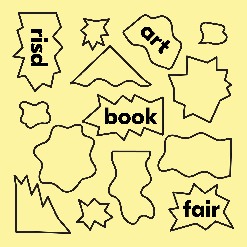It’s been a while since the latest post about new additions to Special Collections, so here are notes on items that have come in during the last month or two.

If forced to choose my single favorite category of books, I’d probably go with what you might call practical books: books that have a job to do in the world and get that job done. They’re not always pretty — sometimes they feature page after page of numbers and lists. Often they show signs of being roughed up, marked up and stored in less-than-ideal locations.
One such class of items in our Updike Collection is books on print shop management, and the first two shelves of books in the image above are new additions in that category. The first shelf are transfers from our general, circulating collection. One of our sharp-eyed librarians noticed them in the stacks and asked if I was interested. I certainly was.
There were some type specimen books…
… and manuals on useful topics, like how to keep your Linotype machine running smoothly:

The second row of books are new purchases along similar lines, particularly handbooks for pricing a print job…


… and being a good printer/salesman: Row three offers a couple more purchases, from recently-published books for the Updike Collection…
Row three offers a couple more purchases, from recently-published books for the Updike Collection…
 … to an interesting children’s book/toothpaste advertisement…
… to an interesting children’s book/toothpaste advertisement…
 … to a collection of items on roller skating …
… to a collection of items on roller skating …
 … and a sammelband bringing together six very scarce short works published in Ireland in the nineteenth century. They’re mostly religious in nature, but included among them is an 1817 report published by the Belfast Saving Bank, which includes stories of exemplary savers who took advantage of the banks services:
… and a sammelband bringing together six very scarce short works published in Ireland in the nineteenth century. They’re mostly religious in nature, but included among them is an 1817 report published by the Belfast Saving Bank, which includes stories of exemplary savers who took advantage of the banks services:



























































